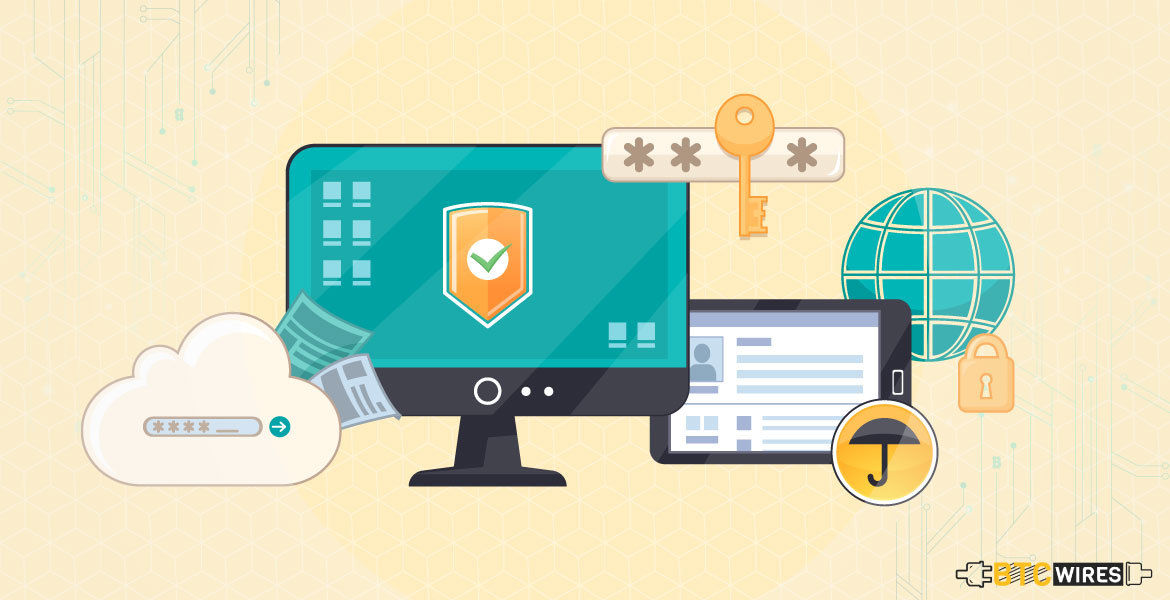At the time of going to press, blockchain is one

At the time of going to press, blockchain is one of the most-hyped technologies, and there’s no denying this. But, not many are aware of the blockchain privacy issues.
Here, we will explore how security and privacy can be enhanced in blockchain technology.
Issues with Blockchain Privacy and Security
Transactions are published globally and are not encrypted in most applications. In case the data is personal, like medical or financial, then this leads to regulatory and legal issues, particularly in Germany.
One solution is to store only encrypted data in the blockchain, however, it leads to another problem, which is, if the key to decrypt particular information is lost, then the data may not be recovered accurately.
Moreover, if a key is stolen and published, all the data is decrypted forever in the blockchain. However, the blockchain can help to improve the defensive cybersecurity strategies, particularly in the form of identity and access.
You May Also Read: How To Secure Crypto Wallets?
MITM Attacks
One attack scheme for MITM (Man-in-the-Middle) attacks is to get the CA (Certificate Authority) to offer the user with forged Public Keys, which may lead to the decryption of sensitive information.
In a blockchain approach whereby users put their Public Keys in published blocks, the data is distributed over the nodes with links to previous and the following blocks.
This is something that makes the public key immutable, and it becomes harder for attackers to publish fake keys.
Moreover, the single point of failure, the CA, too is distributed. This means that it is harder to bring this service down.
Data Tampering
Since every transaction is signed and distributed over all the nodes, it is almost impossible to manipulate the data without the network knowing about it.
How do you prove that Germany won the World cup 2014?
You don’t need to prove it since it is general knowledge that distributed across the people. In health care, blockchain could be used for creating immutable audit trails, maintaining the integrity of health trials, and making sure about the integrity of patient data shared across different medical environments.
DDoS Attacks
If DNS systems were based on the Blockchain Technology, then attacks like the one from the Mirai botnet would be harder to successfully complete.
Such kind of system would offer transparency as well as added security.
The DNS infrastructure couldn’t be targeted in case it was a distributed system since the data is distributed and the entries of the data can’t be tampered with, owing to the append-only nature of the blockchain.
Privacy
The blockchain technology is a perfect instance for the unrelatedness of security and privacy.
While it is possible to design a tamper-resistant and immutable transaction, this transaction can be seen throughout all the nodes on the network.
The most promising research on privacy for this technology is currently zkSNARKs, that are implemented by Zcash and Ethereum.
The combination of both technologies makes it possible to implement the anonymous payments, blind auctions as well as voting systems.
You May Also Read: Difference Between Public Key and Private Key
Conclusion
Cybersecurity threats keep emerging every now & then, while older threats still linger across and wait to be exploited once again.
Blockchain technology won’t be the holy grail of cybersecurity, but it is a powerful tool that can help to secure systems.
Blockchain plays its strength very well, if the system that it is disrupting is a centralized system with a single point of failure.
In case the higher transaction speeds are possible, then the blockchain is a kind of technology that with use cases ranging from smart grinds over strengthening Internet of Things to a globally deployed currency system and smart contracts.
Here are a Few Articles for you to Read Next:
